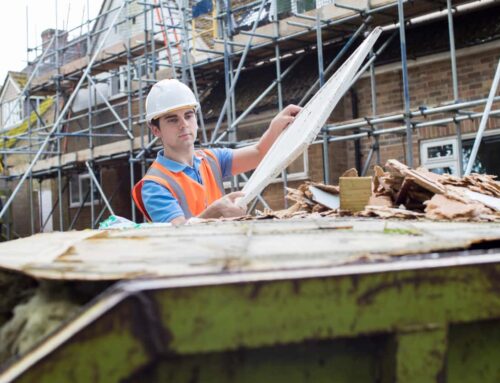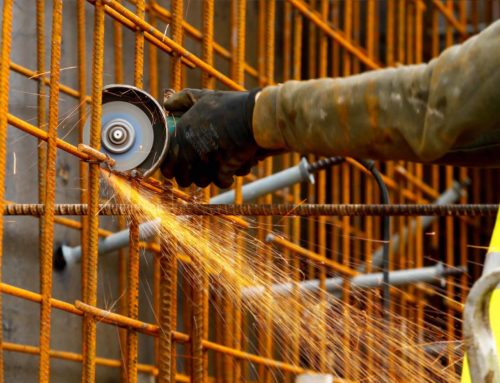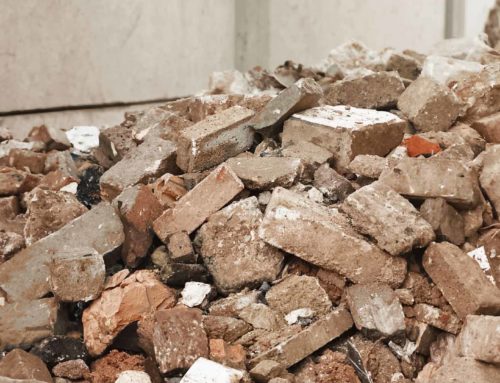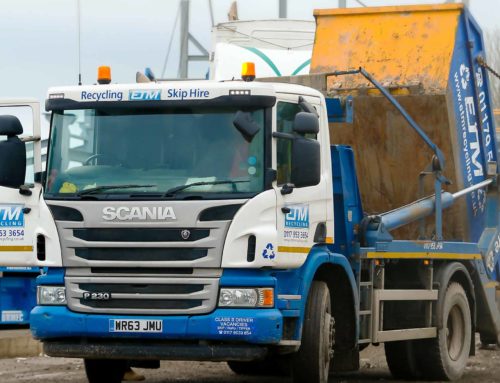From commercial or residential developments to demolition projects, construction sites are a hive of activity that requires meticulous planning to operate efficiently.
One of the key factors that can affect how smoothly a construction site can run is waste management.
Construction sites generate a substantial amount of waste and without an adequate disposal solution, waste can cause significant disruption.
There are many sizes of skips available, with traditional skips being the most familiar. However, for large construction projects, smaller, traditional skips are not ideal.
Roll-on roll-off skips, on the other hand, are large enough to provide a single location for all your waste disposal needs.
In this blog post, our experts at ETM Recycling delve into the many benefits of RORO skips, focusing on why they outshine conventional skip solutions for large construction projects.
What is a Roll-On Roll-Off Skip?
Before we look at the advantages, it helps to understand what a roll-on roll-off skip is and how they are different to a conventional skip.
A RORO skip, also known as a hook lift container, is a substantial waste container designed to handle large volumes of waste, such as construction, demolition or garden debris.
Unlike regular skips which are recognisable for their trapezoid shape, RORO skips are large and rectangular with an open top that allows for the easy loading and transportation of bulky materials.
The key difference between RORO skips and conventional skips is the unique method of delivery and collection. Unlike smaller, standard skips, RORO skips are delivered and removed using large flatbed trucks equipped with hydraulic systems. This allows easy rolling on and off the delivery vehicle as well as swift placement and collection.
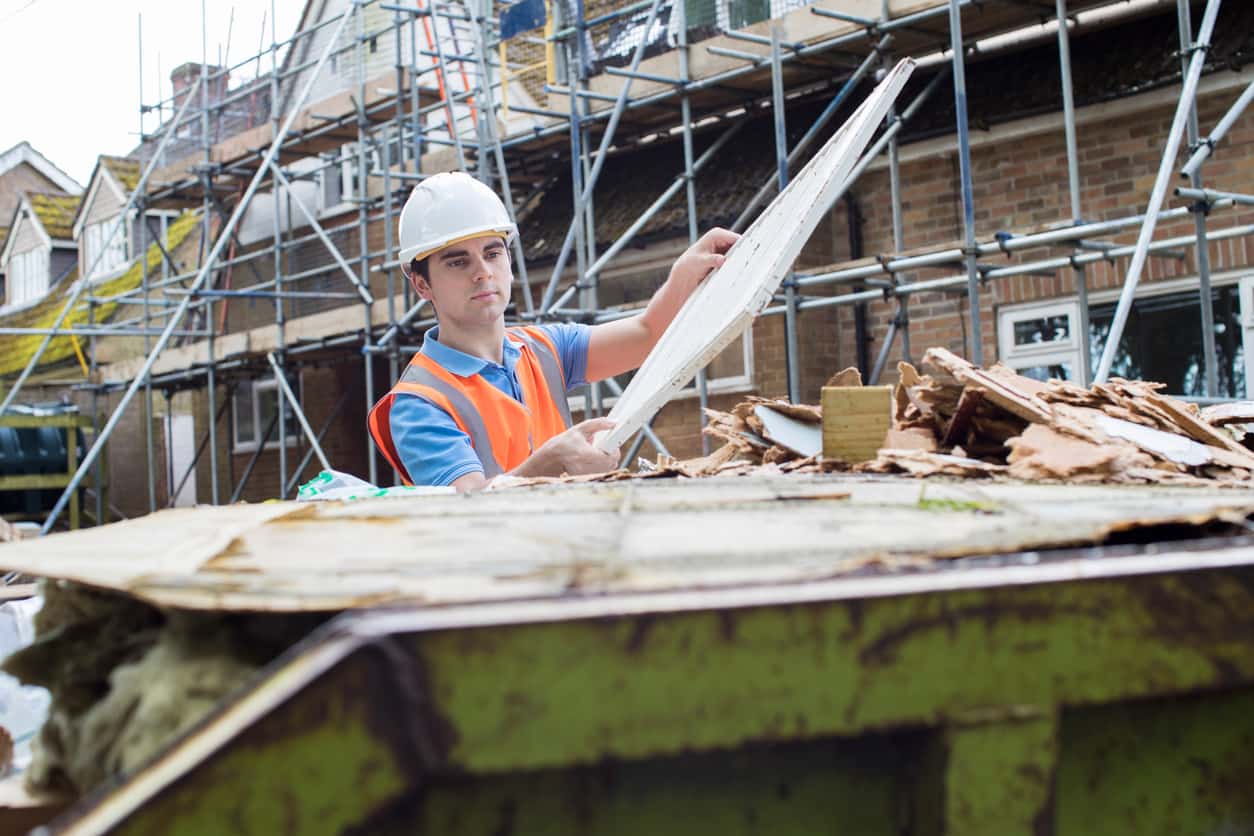
Why are RORO skips better than normal skips for construction sites?
Increased Capacity for Waste Disposal
One of the key benefits of RORO skips is their capacity. Construction sites generate considerable volumes of waste daily, ranging from rubble and debris to larger materials like concrete, timber and metal.
RORO skips are available in a range of sizes, from 20 to 40 yards. With these expansive dimensions, these skips can accommodate a significantly larger volume of waste compared to traditional skips.
This means that fewer collections have to be made, which minimises disruptions to workflow and optimises efficiency on site, not to mention saving you the cost of frequent collections.
Minimises Hazardous Debris on Site
When it comes to running a safe and efficient site, having a clearly designated space for waste disposal is crucial. A RORO skip can help to reduce any loose and harmful debris from being discarded around the site, making it safer for individuals to work on and navigate.
Allows Adherence to Proper Waste Disposal Practices
Having a designated waste disposal area enables workers to efficiently organise and segregate different waste materials, including recyclables, hazardous materials and general debris. Not only does this ensure that your construction site maintains compliance with the Environmental Protection Act, but it also contributes to a clean and hazard-free construction zone.
Increased Sustainability
In comparison to traditional skips which will fill up and require collection frequently, the size of RORO skips means far fewer deliveries and collections. This means that for any business working towards eco-friendly practices, utilising RORO skips can significantly reduce your carbon footprint.
Additionally, a reputable waste management provider will be able to collect your skip and facilitate the proper sorting and disposal of recyclable materials, which minimises your contribution to landfill sites.
What Factors You Need to Consider Before Hiring a RORO Skip
Adequate Space on Site
One of the first factors you need to consider before you hire a RORO skip is that you have adequate space on site, not only to accommodate its size while you carry out construction work around it but also for the vehicle to be able to manoeuvrer during delivery and collection.
The Size of the Skip
While a RORO skip is significantly larger than a traditional skip it is still possible to hire a skip that is too small for what you require for your construction project. For example, you might underestimate the scale of your project and hire a 20-yard, when what you actually need is a 40-yard skip.
If you have any doubts about which size is appropriate for your site, contact your skip provider with the details of your project and they will be able to help you determine which is the best option for the space you have available and the amount of waste you produce.
What Types of Waste Can Be Disposed Of
Similar to traditional skips, there is a limit to what types of construction materials you can dispose of in a RORO skip. Anything that requires segregation and separate disposal from a normal skip, such as hazardous or toxic materials, like asbestos, gas cylinders, or plasterboard will also need to be disposed of separately if you have a RORO skip.
How Much Do RORO Skips Cost?
The cost of a RORO skip can vary based on several factors, including the size of the skip required, how long you need to hire it for, and the specific services from your provider, including recycling options or specialised waste disposal.
RORO Skip Hire Services from ETM Recycling
At ETM Recycling, we recognise that every construction project has unique waste management needs.
That’s why we offer fully customisable solutions, supplying 4, 6, 8, 10, and 12-yard RORO skips for both domestic and trade hire, prioritising environmentally responsible waste management.
To find out more about the range of skip hire options available from ETM Recycling or to arrange skip hire, get in touch with a member of our team today.



